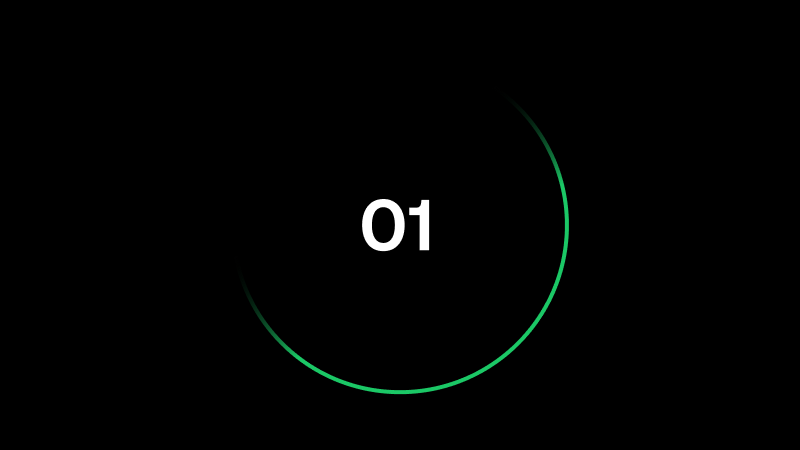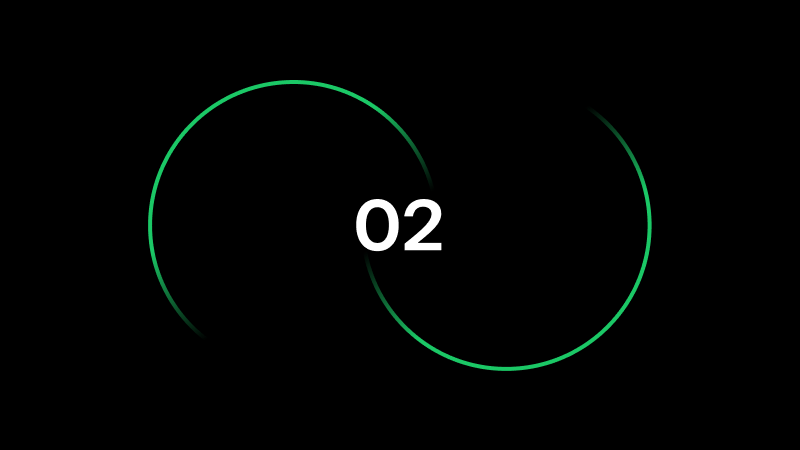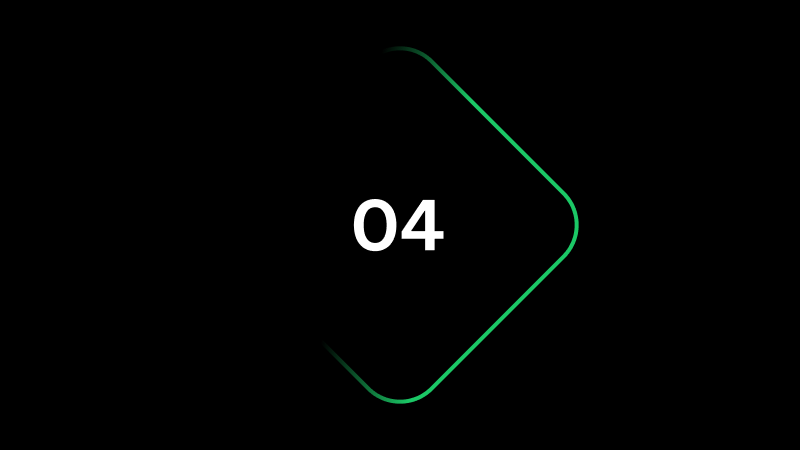Methodology
Markets and data collection
This year’s Mobile App Trends Report is based on the largest Northern European app study to date. Conducted across Denmark, the Netherlands, and Sweden—three of the world’s most digitally advanced markets—the study provides a strong benchmark for app adoption and performance. By combining localized insights with a broader market perspective, this study uncovers the key factors driving app success.
Our dataset includes approximately 200 apps per market and responses from 3,000 users per country—totaling 600 apps and 9,000 participants across different demographics, generations, and economic backgrounds. While we have standardized data collection across markets, regional differences may result in slight variations in the selected apps and industry segments.
The App Pulse model
At the core of this report is the App Pulse model, a framework designed to assess and compare app performance across markets, industries, and demographics. The foundation of this model is the App Pulse score, a comprehensive metric that captures perceived app success based on real user ratings.

Dimensions of the App Pulse score
The App Pulse score evaluates apps across four key dimensions: Relevance, Value, Satisfaction, and Best of its kind. Survey respondents rated each criterion on a five-point scale: strongly negative, slightly negative, neutral, slightly positive, and strongly positive. These ratings were converted into numerical values, aggregated with equal weight per criterion, and normalized to a 0-100 scale—yielding the App Pulse score used throughout this study.

-
Relevance
01
Measures how well the app aligns with user needs and preferences, which is critical for ensuring market fit and engagement.
-
Value
02
Assesses whether users perceive the app as valuable and engaging, a key factor in driving sustained usage and loyalty.
-
Satisfaction
03
Reflects user satisfaction and overall experience quality, serving as a fundamental indicator of an app’s success.
-
Best of its kind
04
Evaluates how the app compares to competitors, identifying its strengths within the category and its market positioning.
-
01
Measures how well the app aligns with user needs and preferences, which is critical for ensuring market fit and engagement.
Operational drivers
In addition to the four core dimensions, apps are analyzed based on nine operational drivers—additional factors that may contribute to an app’s perceived success. Although these drivers do not directly impact the App Pulse score, they offer valuable context through driver analysis, clarifying performance differences.
-
Smart features
01
When downloading an app, one of the core expectations is the app has to offer smart functions for the user. The possibility to personalize the app interface and offer smart shortcuts for the users are essential user needs.
-
Overview of information
02
Making information quickly available in an easy manner is key for any type of app. It is particularly important for content-heavy apps such as news, marketplaces, retail and fashion.
-
Easy to use
03
If an app is not intuitive and very easy to use, the users will quickly abandon the app. Best-in-class apps all have self-explanatory navigation and reflect no need for guidance. Convenience is king, ease is queen.
-
Great content
04
Not limited to entertainment, medical, and news apps, engaging content is vital. Delivering inspiration and guidance sets an app apart from its static competitors, escalating its significance.
-
Reliability
05
The app’s reliability, its capacity to function consistently without breakdowns, and providing accurate information is crucial. This factor significantly affects user churn. Hence, reliability is indispensable.
-
Easy communication
06
Does the app facilitate easy communication with the brand or organization, or even peer-to-peer? Particularly vital for social and telehealth apps.
-
Well-designed
07
Aesthetically pleasing design creates a sense of satisfaction and tranquility. For apps, this involves both user navigation and visual consistency, ensuring a harmonious blend of visual and technological elements.
-
Relevant notifications
08
While push notifications are an effective tool for prompting users to revisit the app, they must also be relevant and contextually appropriate to ensure positive engagement.
-
Makes life easier
09
The fundamental purpose of apps is to ease or improve users’ lives. If your app does not deliver on this, reconsider your investment. This driver is paramount across all categories and plays the most crucial role.
01
When downloading an app, one of the core expectations is the app has to offer smart functions for the user. The possibility to personalize the app interface and offer smart shortcuts for the users are essential user needs.
Additional data
Beyond the App Pulse score and operational drivers, the analysis incorporates additional data on app installs, usage frequency, and demographic segmentation. This allows for a deeper understanding of app adoption and target audiences across the examined markets.

Measuring what matters: A multi-dimensional approach
The App Pulse score provides a comprehensive evaluation of success by considering multiple dimensions, reflecting the multifaceted nature of app performance. To excel in its category, an app must demonstrate relevance (strong product-market fit), deliver value, and outperform its competitors. Satisfaction scores add another layer of insight, capturing overall user sentiment and unquantified factors that influence user experience—offering a balanced perspective alongside the core criteria.
This multi-dimensional approach delivers a more nuanced assessment than app store ratings or customer reviews, where isolated negative experiences can disproportionately impact scores. Such systems often serve as feedback channels, amplifying moments of dissatisfaction that may not accurately reflect overall performance.
Conventional metrics like Customer Satisfaction Score (CSAT) and Net Promoter Score (NPS) provide a one-dimensional view, primarily capturing positive or negative sentiment toward a business. While valuable in specific contexts, they over-emphasize the relationship with existing customers and overlook broader factors such as an app’s relevance or the availability of superior alternatives. As a result, relying solely on these single-question metrics risks generating overly simplistic insights and less actionable insights.
Limitations
App Pulse score
As the study focuses on well-established apps with strong brand equity and significant investments, App Pulse scores typically range between 50 and 100. This inherently high baseline results in similar scores across many applications, making even small differences impactful in rankings.
The App Pulse score balances four key criteria, but the equal weighting of all four criteria in the App Pulse score remains a topic of discussion. Users may not always be able to assess each criterion equally. For example, evaluating whether an app is the "best of its kind" requires a deep understanding of the app market—knowledge that not all users possess. Unlike the other three criteria, which can be judged independently, this metric is inherently comparative, relying on how an app performs relative to others in its category. Additionally, as the combination of criteria was self-selected, a degree of subjectivity is inevitable.
Despite these limitations, the App Pulse score provides a more holistic and nuanced perspective on app performance than conventional single-metric evaluations. By incorporating multiple dimensions, it captures aspects that other metrics overlook. While no system is flawless, we believe the App Pulse score remains the most effective tool for this study’s objectives.
Operational drivers
To deepen the analysis beyond the App Pulse score, this study incorporates operational drivers—key factors that influence app performance. A core component of this approach is the driver analysis, conducted using multivariate regression. This statistical method identifies how different drivers correlate with App Pulse scores, revealing the likelihood that strong or weak performance in specific areas impacts an app’s overall rating.
Data on operational drivers was gathered through user-reported agreement with statements such as, “The app is easy to use.” These ratings are inherently subjective, as perceptions of usability vary from person to person. While this introduces an interpretative gap, the results offer a foundation for meaningful discussion and reflection on each app’s performance.
As with the App Pulse score, the selection and wording of operational drivers can be questioned. The relevance of these drivers will likely evolve over time, reflecting shifts in user expectations and industry trends. Future iterations of this study will refine these metrics to stay aligned with evolving user expectations. Although operational drivers do not offer absolute explanations for individual ratings, they serve as a structured framework for understanding the factors that contribute to app success. When combined with the App Pulse score, they provide a more nuanced evaluation of app performance—delivering depth without claiming perfection.






